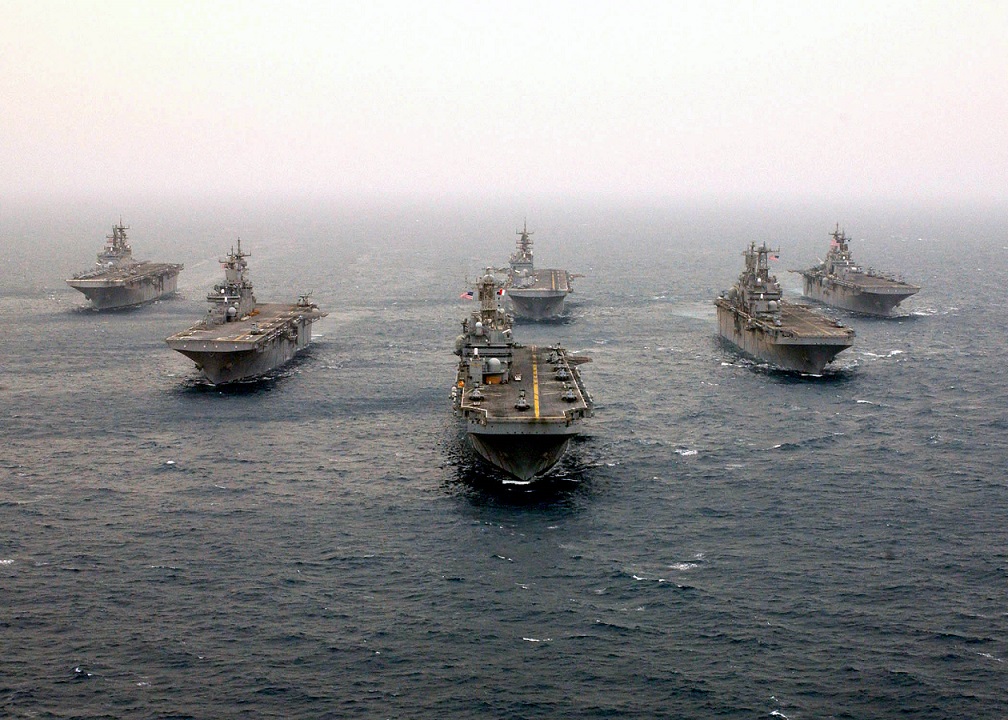This post is also available in:
 עברית (Hebrew)
עברית (Hebrew)
The US Navy plays a crucial role in keeping America and its interests abroad safe. For Navy Assistant Deputy Chief of Information Warfare, Mark Andress, adapting to the modern aspects of war while advancing the Navy’s global capabilities is key to that mission. He addressed the subject in an interview for c4isrnet,com.
“Our three core products in Naval Operations regarding Information Warfare are delivering assured command and control to the fleet, providing battlespace awareness from the strategic to tactical level, and either enhancing kinetic kill chains through networking or delivering non-kinetic solutions to complement the kinetic approaches to kill chains,” Andress said.
Unmanned underwater vehicles are part of the Navy’s efforts to improve awareness by helping the fleet increase its understanding of oceans, according to Andress. Additionally, the Navy is seeking to further strengthen its Surface Electronic Warfare Improvement Program by integrating other technologies such as the Link 16 tactical terminal, which provides access to air and ground situation data, while also providing secure and reliable target data to the battlefield network.
Another aspect of modernization for the Navy that Andress highlighted is the need to strengthen technological capabilities in contested environments, where systems are less accessible. Currently, the Navy is pursuing what it calls the adaptive force package (AFP) concept, in which the fleet would employ command and control and multi-sensor fusion technologies in smaller vessels to help spread the fleets’ command and control reach. This package would support maritime command, control, communications, computers, intelligence, surveillance and reconnaissance missions.
In recent tests of AFPs, leaders in the private sector had a chance to test potential systems, demonstrating a “rapidly reconfigurable operations center on a large surface craft capable of relaying information from other surface and air platforms and demonstrate the ability to communicate and transfer data with a land-based tactical operations center via line-of-sight radio and satellite networks,” according to the Navy.
Current C4ISR systems that the Navy uses are expensive, slow to install and upgrade and difficult to reconfigure for mission changes, officials say. With that, the Navy currently only uses the systems on larger vessels, meaning that AFPs would allow for C4ISR systems to be spread to all Naval vessels, small and large.


























